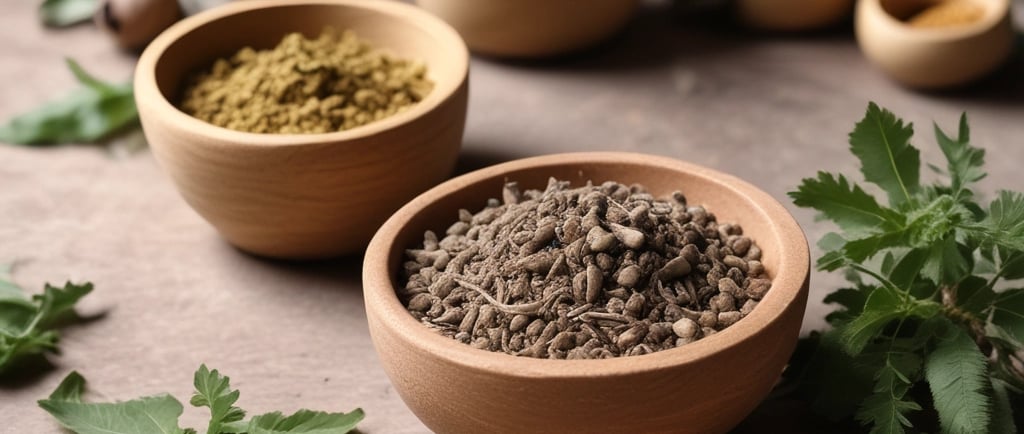Understanding Batch Variations in Ayurvedic Products: Color and Fragrance Changes
AYURVEDIC HERBS- MAARBLE
5/31/20252 min read


Introduction to Ayurvedic Products
Ayurvedic products have gained immense popularity in recent years, celebrated for their natural ingredients and holistic benefits. However, a perplexing question often arises among consumers: why do the color and fragrance of these products change from batch to batch, especially when manufactured by small units in limited quantities? This blog post explores the reasons behind these changes, shedding light on the nuances of Ayurvedic production and quality.
The Role of Natural Ingredients
One significant factor contributing to the variance in color and fragrance is the use of natural ingredients. Unlike synthetic compounds, which tend to have a uniform appearance and scent, natural materials can exhibit a notable range of attributes, influenced by several factors including geography, climate, and harvesting conditions. For instance, herbs and botanicals sourced from different regions may possess different color intensities and fragrance profiles, even if they belong to the same species. This variability is often amplified in small batch production, where each batch is carefully crafted to maintain the integrity of its natural components.
Manufacturing Processes and Small Batch Production
Small production units often engage in artisanal methods that prioritize quality and authenticity over uniformity. During the manufacturing process, factors such as temperature, extraction method, and storage conditions can profoundly influence the final product's characteristics. For example, when herbs are dried or extracted, slight variations in time and temperature can lead to disparities in color and aroma. Additionally, small-scale producers may batch their products at different times of the year, aligning with seasonal availability of ingredients, which can further result in variations.
Impact of Ageing and Storage Conditions
After production, the ageing and storage conditions of Ayurvedic products can also lead to changes in color and fragrance over time. Exposure to light, air, and humidity can cause natural ingredients to oxidize, leading to altered scents and hues. Consumers often perceive these changes as a decline in quality; however, it is essential to recognize that such variations are a natural outcome of using unadulterated, organic ingredients. Small batch producers typically emphasize the importance of proper storage to minimize these effects but cannot entirely eliminate them due to the intrinsic nature of their products.
Conclusion: Embracing Natural Variability
In conclusion, the variability in the color and fragrance of Ayurvedic products produced by small units results from the use of natural ingredients, variations in manufacturing processes, and factors related to ageing and storage. Understanding these aspects allows consumers to appreciate the authenticity of these products and to embrace the inherent differences between batches. Rather than viewing batch variations as a flaw, they should be seen as a testament to the rich heritage and natural integrity of Ayurvedic practices. This acceptance contributes to a deeper appreciation of the complexity and artistry involved in crafting these beneficial products.
